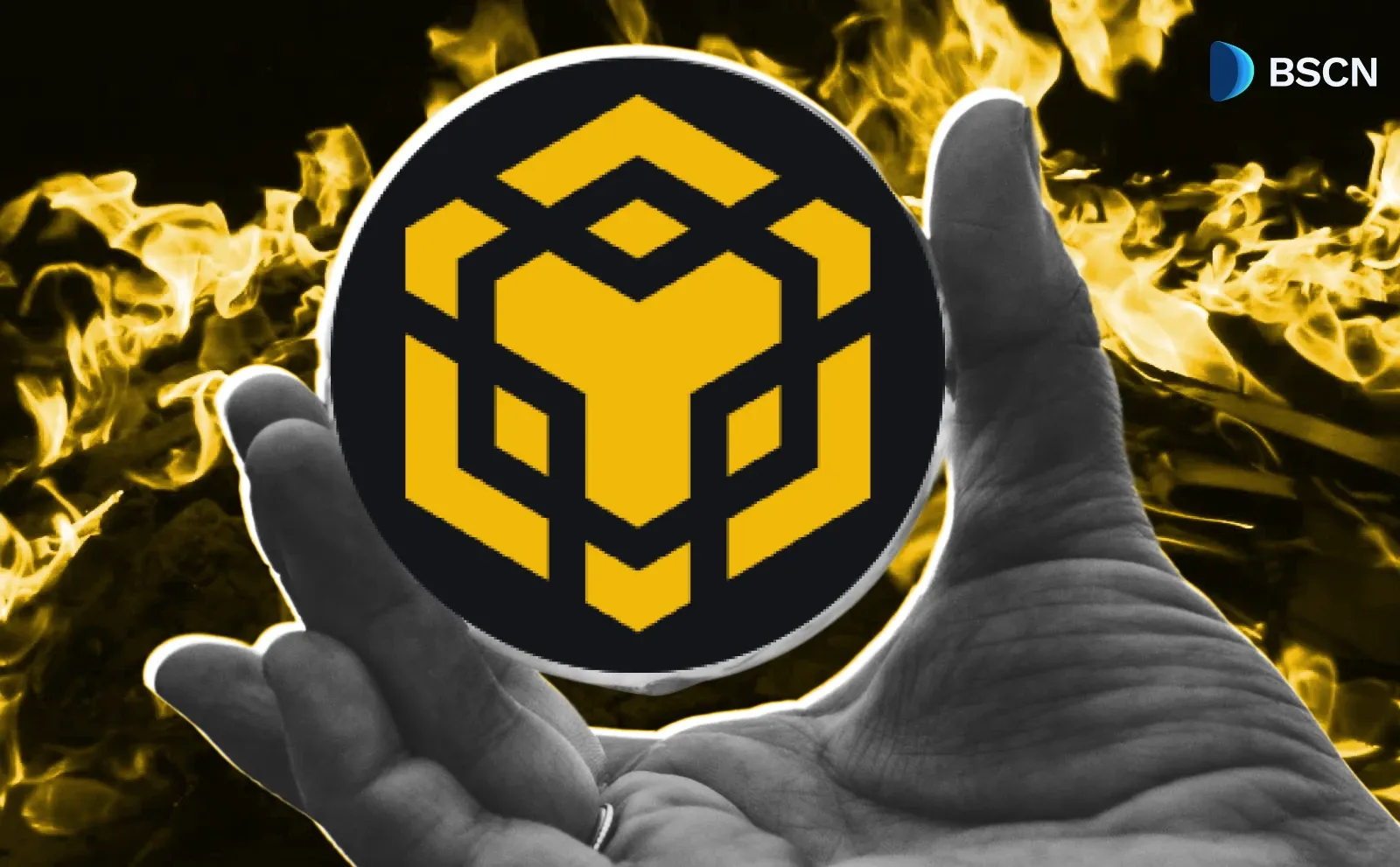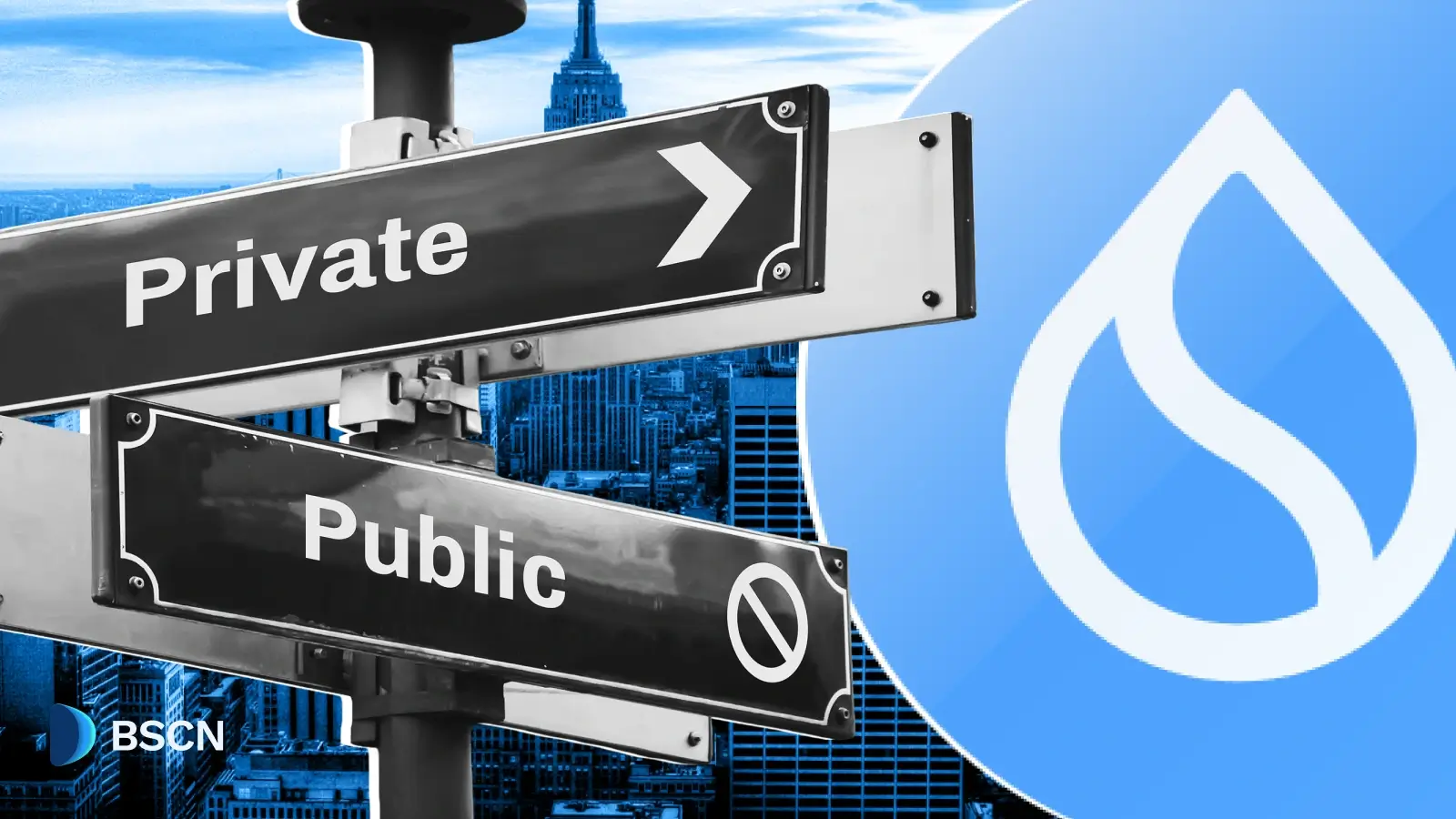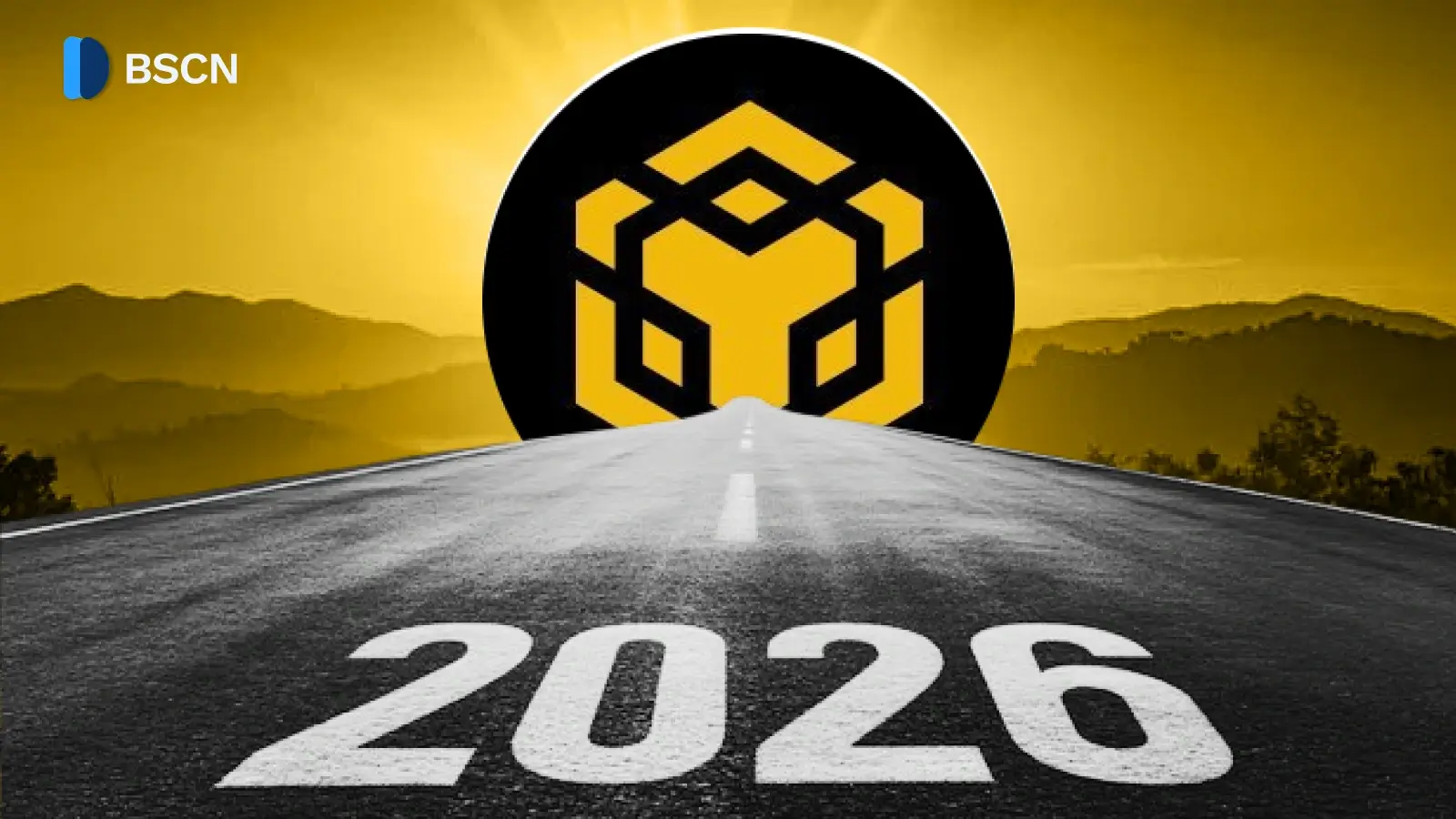News
(Advertisement)
Binance Introduces Bonding Curve Model for Token Launches in Binance Wallet
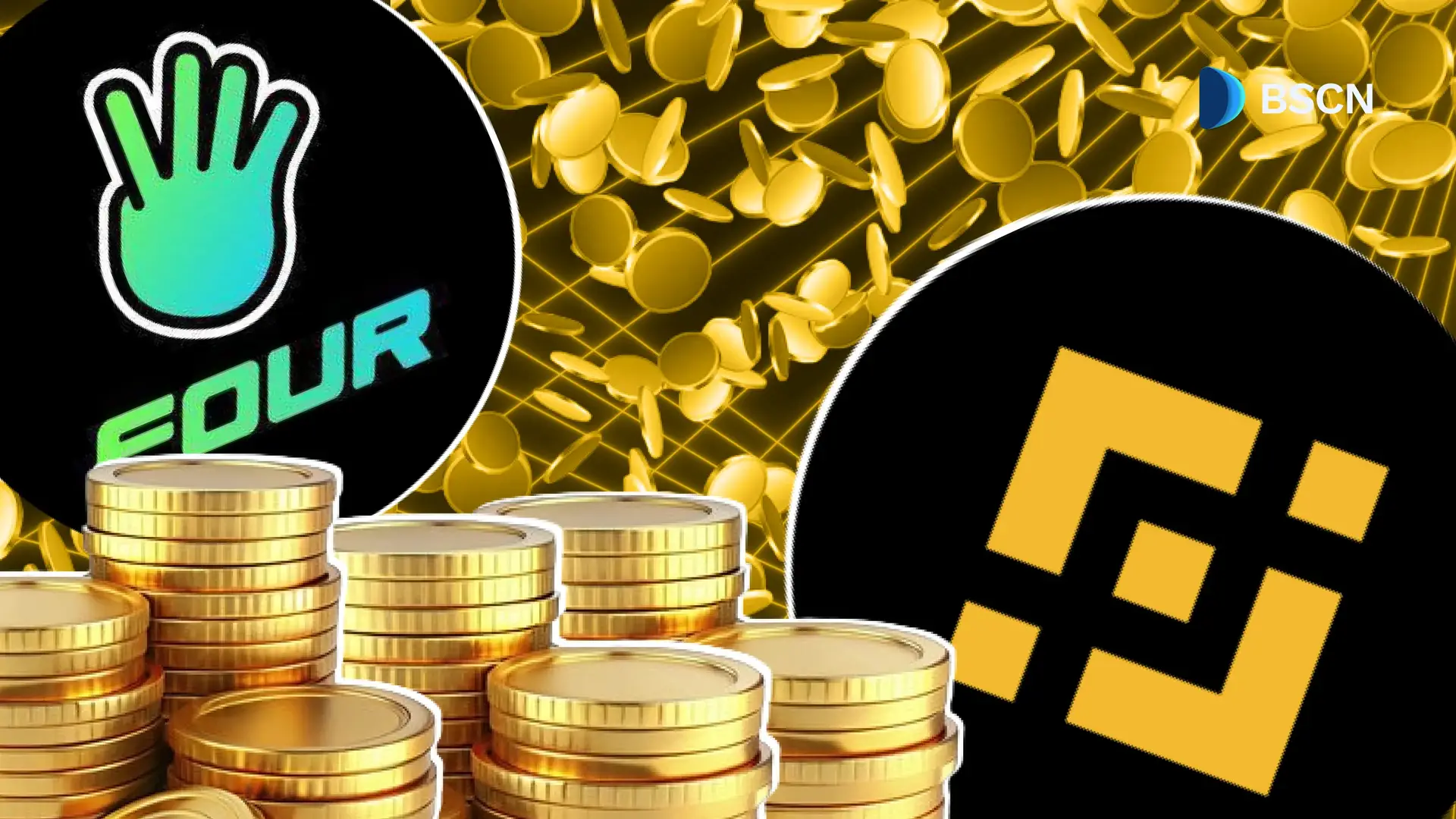
Developed with Four.Meme, the new system dynamically adjusts token prices based on demand. Early buyers get lower prices, while latecomers pay more.
Soumen Datta
July 15, 2025
(Advertisement)
Table of Contents
Binance rolled out a new bonding curve-based Token Generation Event (TGE) mechanism for users of its Binance Wallet. The platform is integrating a pricing model popularized by Solana’s Pump.fun, which suggests that centralized token launches could become more transparent and demand-driven within centralized platforms.
Unlike traditional token sale models that offer fixed prices or tiered allocations, the bonding curve mechanism dynamically adjusts the price of a token based on user demand. As more participants buy in, the price increases. This real-time price discovery system aims to offer a fairer way to participate in token launches, rewarding early movers and limiting supply-driven price shocks.
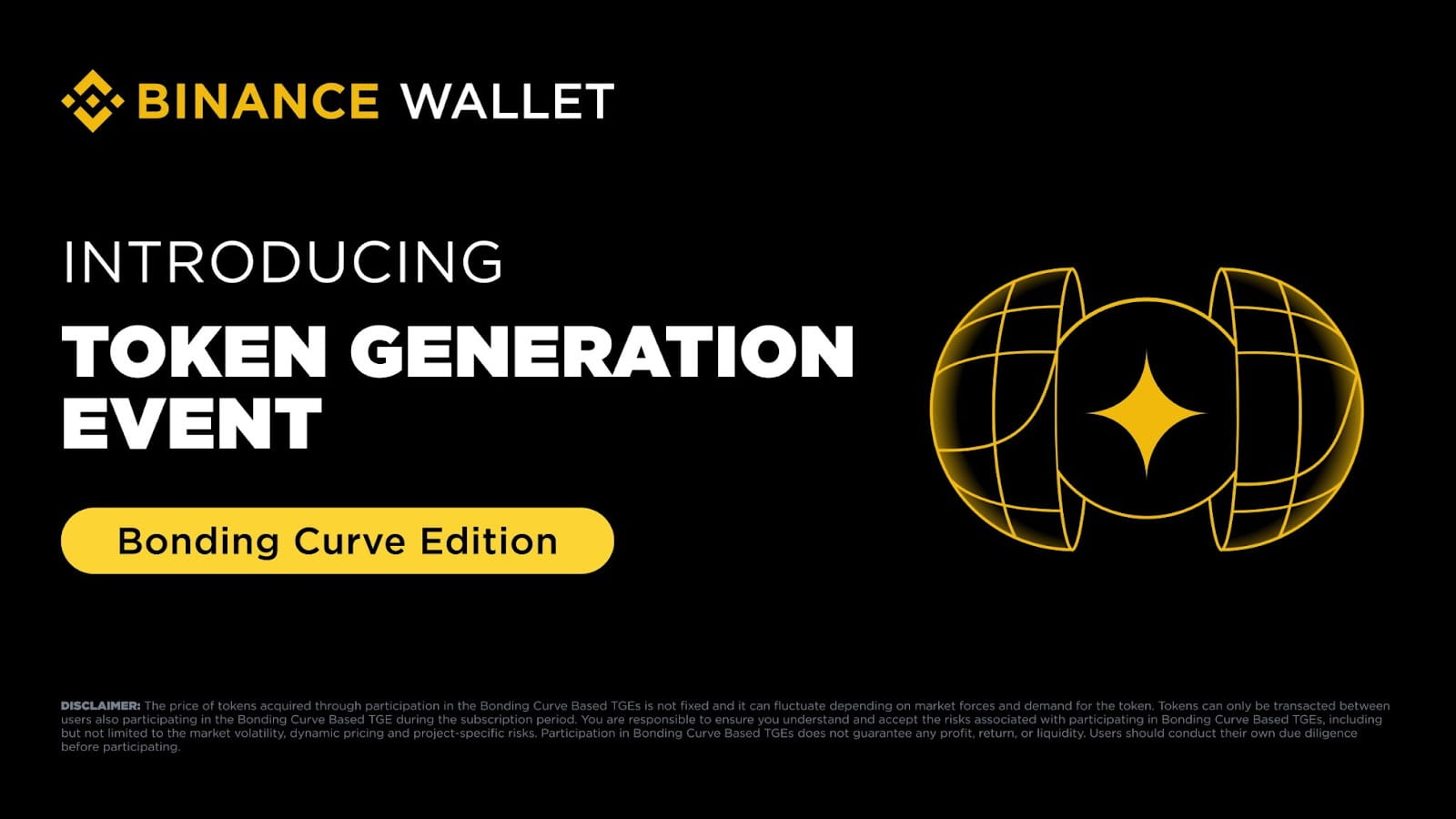
A First for Binance Wallet
This is the first time Binance has adopted a bonding curve mechanism for token events. The initiative is being launched in collaboration with Four.Meme, a meme-token-centric launchpad on BNB Chain that has already found success using similar models. The first project using this format is set to be announced via Binance Wallet’s X account.
The feature adds to Binance Wallet’s growing suite of token event tools. Unlike Pump.fun—where anyone can create a token without permission—Binance's model will be gated. Projects must apply and be approved to launch tokens using this system. This adds a layer of quality control, although it reduces the open access that made Pump.fun viral.
Pump.fun Inspiration, Binance Precision
Pump.fun has been a breakout hit in the Solana ecosystem. With over 11.8 million tokens launched since January 2024, the platform has turned bonding curves into a cultural and economic force in memecoin trading. Binance’s decision to adapt the model—with stricter controls—marks the first serious attempt by a major centralized player to bring that model into a regulated environment.
Despite some social media chatter about Binance competing with Pump.fun or Solana-native launchpads like LetsBONK, Binance has clarified that its model serves a different purpose.
The Mechanics Behind the Curve
Here’s how it works: tokens start at a base price. As users place buy orders, the price moves up along the curve. Buy orders cannot be canceled, and tokens are non-transferable until the event ends. Users can sell back into the curve before the TGE closes, provided there’s demand, creating a dynamic but high-risk environment for early entrants.
Buyers need sufficient BNB and Binance Alpha Points—a loyalty and eligibility scoring system—to participate. Once placed, buy orders lock up capital, and users must wait until the event ends to withdraw or trade their tokens.
The steepest part of the curve is where late participants pay the most, often bearing the brunt of price corrections if early buyers rush to sell after listings. Binance has warned participants about the inherent volatility and risks, including price crashes before official listings begin.
Bringing Memecoin Culture to Centralized Platforms
The move comes during a period of explosive growth in memecoin culture. Launchpads like Pump.fun and LetsBONK are seeing record volume, with LetsBONK recently flipping Pump.fun in daily launches and graduates. Binance, long seen as a gateway to crypto for retail users, appears to be capturing the zeitgeist while adding layers of compliance and user protection.
By integrating Four.Meme’s infrastructure, Binance is embracing meme culture and anchoring it within the BNB Chain ecosystem. One of Four.Meme’s top tokens, EGL1, currently has a market cap north of $92 million.
Not a Free-for-All
Binance’s iteration comes with a curated approach. Unlike decentralized bonding-curve platforms that allow anyone to launch a token, Binance will vet each project before allowing it on the platform. This could curb spammy or malicious launches, a common criticism of Pump.fun-style platforms.
Moreover, users are incentivized to stay within the Binance ecosystem. With Alpha Points and BNB at the core of participation, Binance is reinforcing its own network effects while experimenting with more creative price discovery models.
The bonding curve TGEs will exist alongside fixed-price events in Binance Wallet, giving users flexibility. Fixed-price events provide simplicity, while bonding curves introduce game theory and trading incentives, drawing in a different crowd—one looking for first-mover advantage and deeper engagement.
Read Next...
Disclaimer
Disclaimer: The views expressed in this article do not necessarily represent the views of BSCN. The information provided in this article is for educational and entertainment purposes only and should not be construed as investment advice, or advice of any kind. BSCN assumes no responsibility for any investment decisions made based on the information provided in this article. If you believe that the article should be amended, please reach out to the BSCN team by emailing [email protected].
Author
 Soumen Datta
Soumen DattaSoumen has been a crypto researcher since 2020 and holds a master’s in Physics. His writing and research has been published by publications such as CryptoSlate and DailyCoin, as well as BSCN. His areas of focus include Bitcoin, DeFi, and high-potential altcoins like Ethereum, Solana, XRP, and Chainlink. He combines analytical depth with journalistic clarity to deliver insights for both newcomers and seasoned crypto readers.
(Advertisement)
Latest News
(Advertisement)
Crypto Project & Token Reviews
Project & Token Reviews
Comprehensive reviews of crypto's most interesting projects and assets
Learn about the hottest projects & tokens






